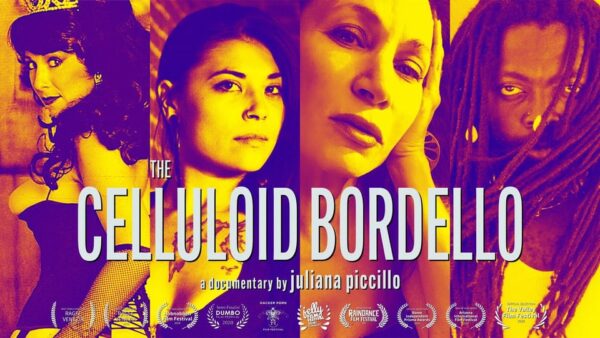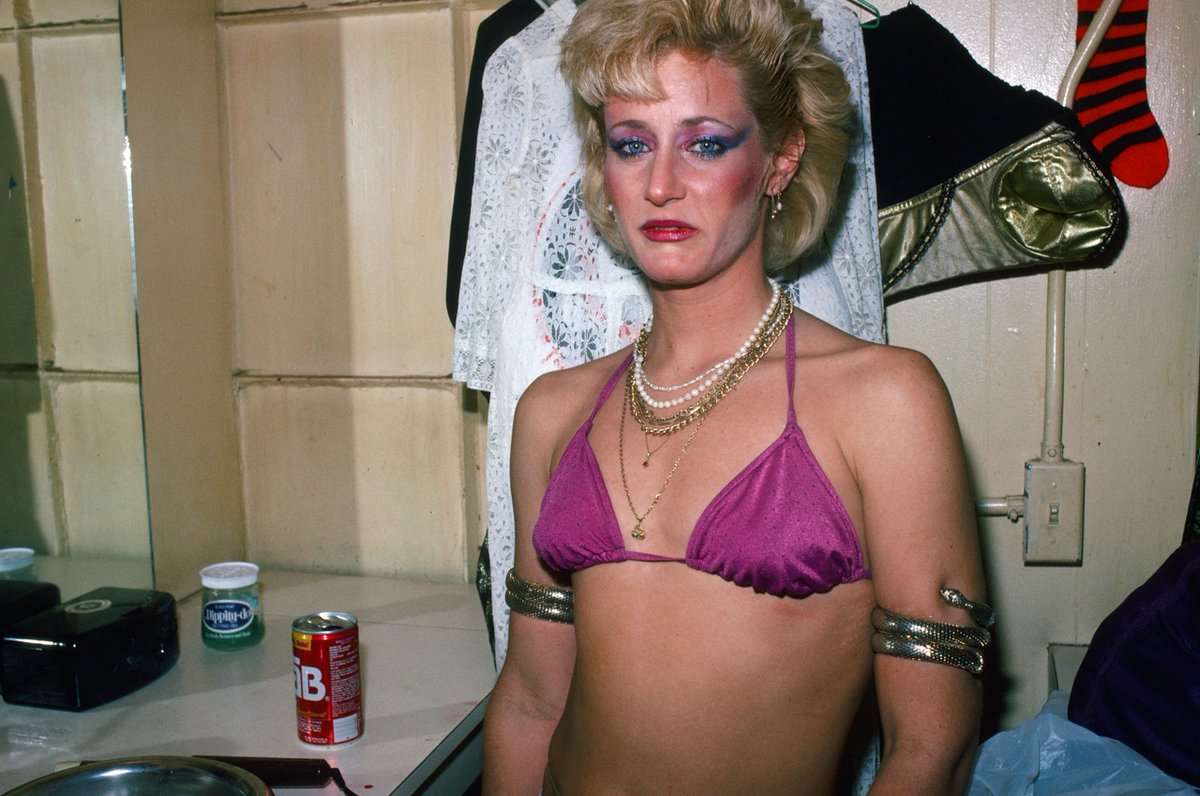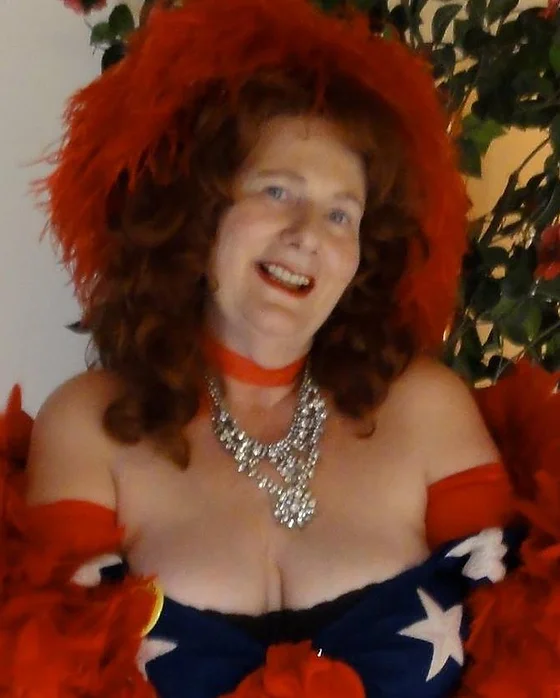
Since the dawn of the movie industry, filmmakers have been fascinated with sex workers. From early Twentieth Century movies such as 1900s The Girl Who Went Astray, through to countless classic films from our lifetimes, such as Midnight Express, Pretty Woman and Risky Business, hookers, hustlers, call girls, rent-boys, strippers and street-walkers have been staples of the silver screen.
 Film-maker Juliana Piccillo, herself a former sex worker, has produced an interesting documentary, The Celluloid Bordello, which analyses the history of the portrayal of Hollywood’s on-screen hookers. Piccillo uses a fascinating array of clips from iconic movies featuring sex workers, including, amongst many others, Gone with the Wind, Taxi Driver, Tangarine, Memories of a Geisha, Car Wash and Full Metal Jacket, and combines these with interviews with current and former sex workers, (including the legendary Annie Sprinkle), actors and commentators to give a fascinating analysis.
Film-maker Juliana Piccillo, herself a former sex worker, has produced an interesting documentary, The Celluloid Bordello, which analyses the history of the portrayal of Hollywood’s on-screen hookers. Piccillo uses a fascinating array of clips from iconic movies featuring sex workers, including, amongst many others, Gone with the Wind, Taxi Driver, Tangarine, Memories of a Geisha, Car Wash and Full Metal Jacket, and combines these with interviews with current and former sex workers, (including the legendary Annie Sprinkle), actors and commentators to give a fascinating analysis.
Cinematic sex workers are often fantasy figures, or cautionary tales, or just punchlines. They are brutalized, killed off, scorned, sometimes rescued and almost always represented without detailed research into what it’s really like to be a sex worker. This mirrors America’s love-hate relationship with the sex industry. Everyone has an opinion on sex workers but very few people understand the reality of being one. Many people develop their opinions on sex workers from their portrayal in movies, so their accurate portrayal on screen is important.
 The earliest cinematic representation of sex workers was generally of tragic women – unwillingly in the industry – needing to be either saved or punished by the hero of the film. This gradually evolved over the decades and by the 1960’s sex workers were often portrayed as light-hearted women with a heart of gold, more in control of their lives. By the 1980’s films such as Risky Business, Trading Places and The Best Lil Whorehouse in Texas had a more positive representation of prostitution – good-hearted women who couldn’t fit into normal society. Films today have less literal characters when featuring sex workers, although there is still a lot of work to do. What many films featuring prostitution over the past century have in common is an implicit acceptance of objectification and violence against women on screen when they are a sex worker. The degradation of these women is often a fantasy of the film director and not essential to the film plot, as are plots where the sex-worker needs to be rescued by the rich star of the film. The sex worker rarely ‘wins’ on screen.
The earliest cinematic representation of sex workers was generally of tragic women – unwillingly in the industry – needing to be either saved or punished by the hero of the film. This gradually evolved over the decades and by the 1960’s sex workers were often portrayed as light-hearted women with a heart of gold, more in control of their lives. By the 1980’s films such as Risky Business, Trading Places and The Best Lil Whorehouse in Texas had a more positive representation of prostitution – good-hearted women who couldn’t fit into normal society. Films today have less literal characters when featuring sex workers, although there is still a lot of work to do. What many films featuring prostitution over the past century have in common is an implicit acceptance of objectification and violence against women on screen when they are a sex worker. The degradation of these women is often a fantasy of the film director and not essential to the film plot, as are plots where the sex-worker needs to be rescued by the rich star of the film. The sex worker rarely ‘wins’ on screen.
Piccillo’s lively interviewees (Scarlet Harlot, Juba Kalamka, Natalie Brewster Nguyen and Nicholas de Villiers amongst others) give a great analysis of the scenes and characters we view. These interviewees include queer sex workers and queer-themed films including My Own Private Idaho, Boulevard and Sonny are also analyzed. Male sex workers with male clients are still stigmatized in film, even though very common in day-to-day reality in Hollywood.
A film history lesson with a difference. Very interesting.
First Run Features presents THE CELLULOID BORDELLO Streaming & on DVD January 10th

